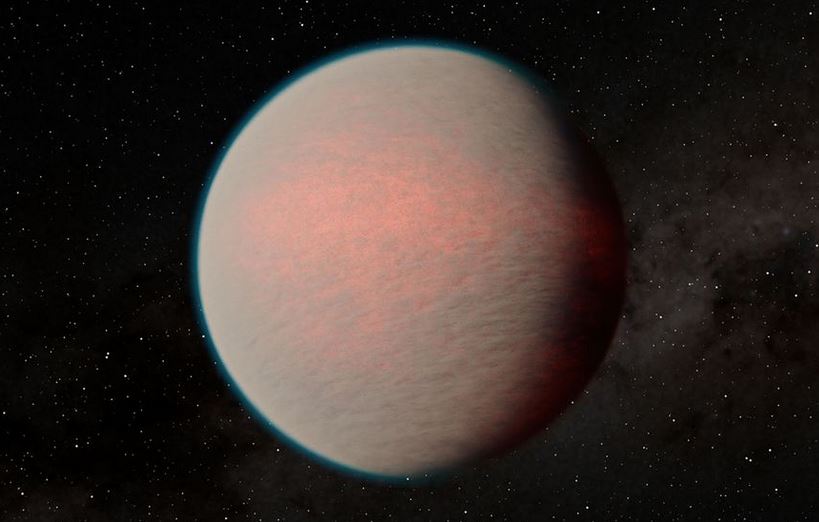Navigating the Haze: Researchers Simulate Exoplanet Atmospheres to Decipher the Water Riddle
According to source, Scientists using the James Webb Space Telescope (JWST) face challenges in identifying water on exoplanet atmospheres due to hazy atmospheres. The JWST’s primary task involves scanning exoplanet atmospheres for signs of habitability, with water being a key factor. However, organic hazes with various chemical compositions in exoplanet atmospheres can hinder the detection of water and other habitability indicators.
To address this, researchers, led by Chao He from Johns Hopkins University, have conducted simulations of hazy conditions in Earth-based laboratories to better understand how water forms and evolves in exoplanet atmospheres.He emphasizes the importance of water in determining a planet’s habitability and notes that their experiments suggest exoplanets likely contain haze, complicating observations by obscuring the view of atmospheric chemistry and molecular features.
The researchers focused on how hazes affect the optical properties of spectra emitted by exoplanets with water in their exoplanet atmospheres. Experiments in a custom-designed chamber simulated hazes forming on watery exoplanets and explored how these hazes might distort observations of crucial substances in exoplanet atmospheres.
READ ALSO: Hate Crime Charges Filed Against Two Women in NYC Assault on Jewish Victim Confronting Them Over Vandalizing Hostage Posters, According to Police
Researchers Replicate Starlight Effects to Unveil Secrets in Exoplanet Atmospheres
The team created gas mixtures resembling exoplanet atmospheres, exposed them to ultraviolet light to replicate the effects of starlight, and measured how the light interacted with particles in the chamber. The resulting data matched the chemical signature of the well-studied exoplanet GJ 1214 b, suggesting that organic haze may be influencing observations of various planet atmospheres.
Recognizing the diversity of exoplanets with distinct atmospheric compositions, researchers plan to create more lab-made haze “analogs” to further comprehend how hazes may impact observations and conclusions about habitability on other worlds from an Earthling perspective.
READ ALSO: A Young Boy Shocked Other Residents After Maneuvering Heavy Machinery In A Police Chase In Michigan

























